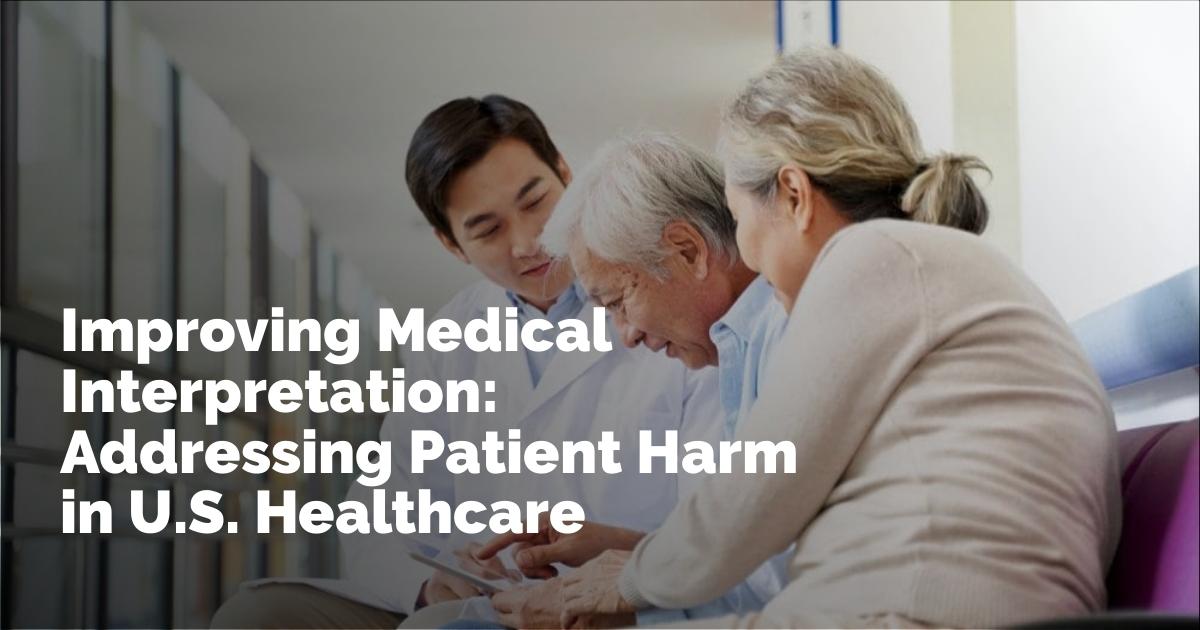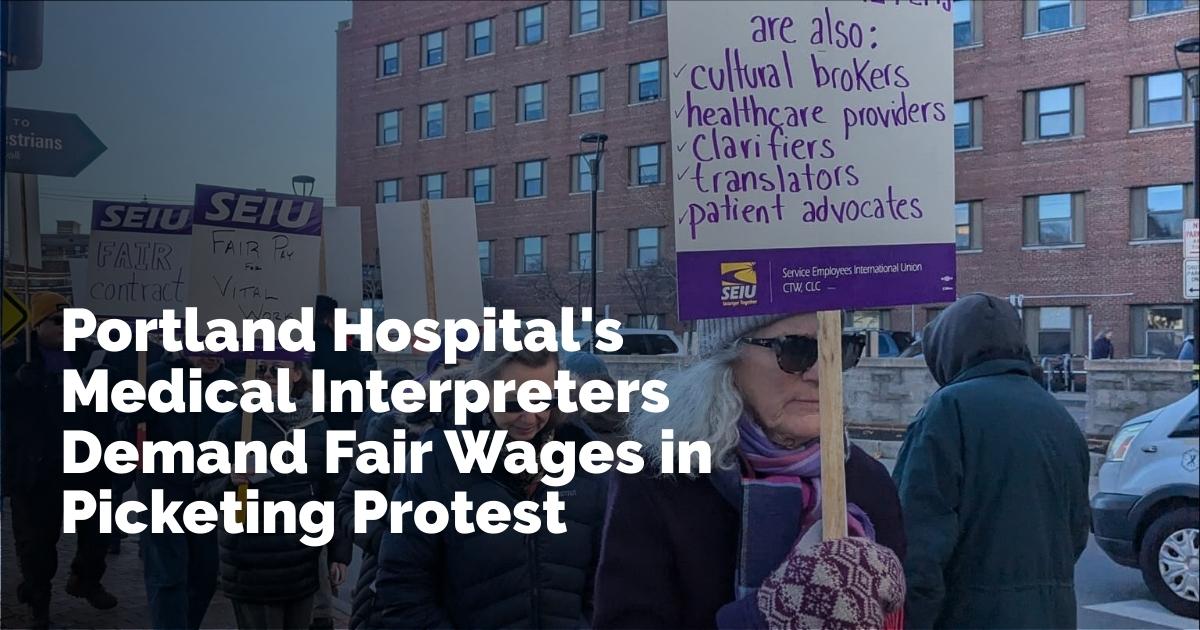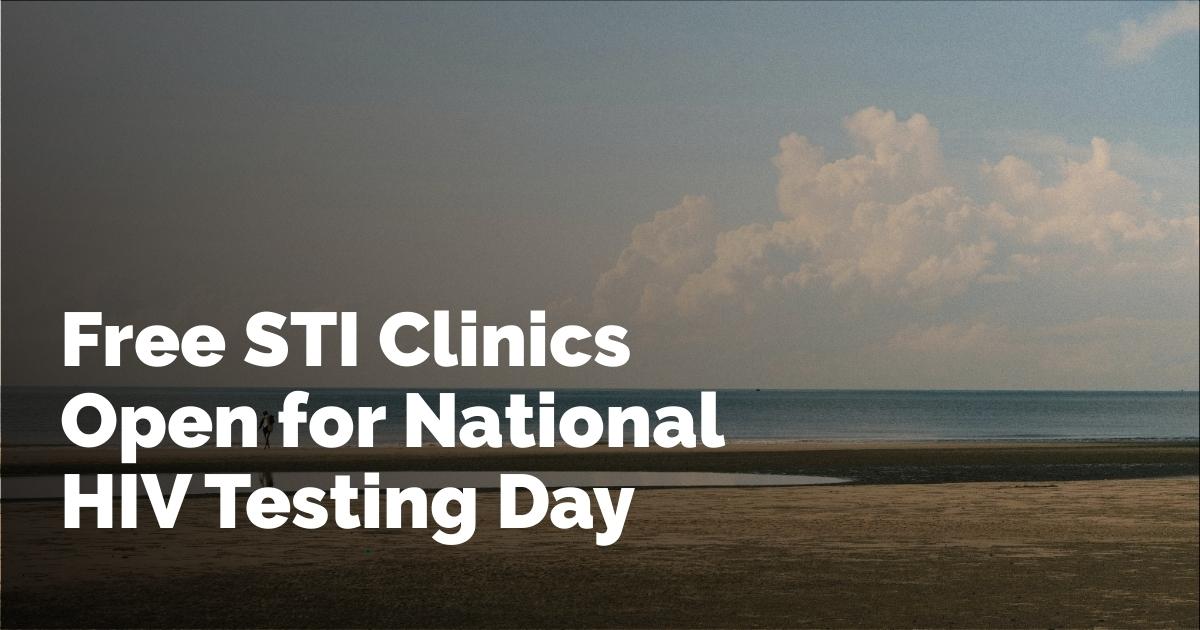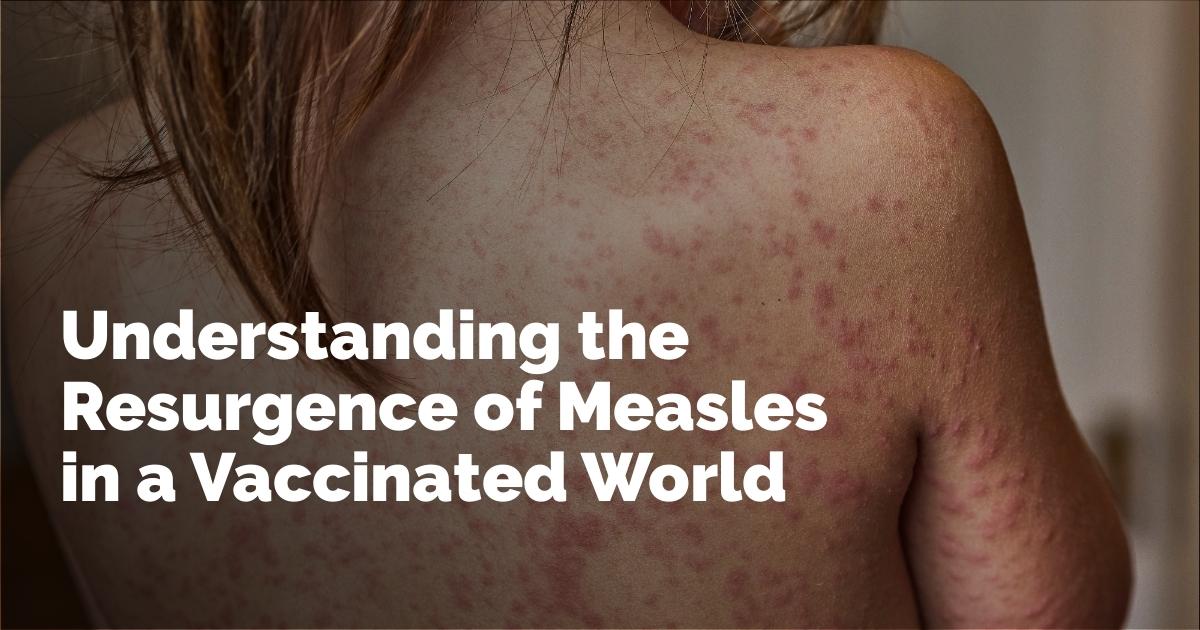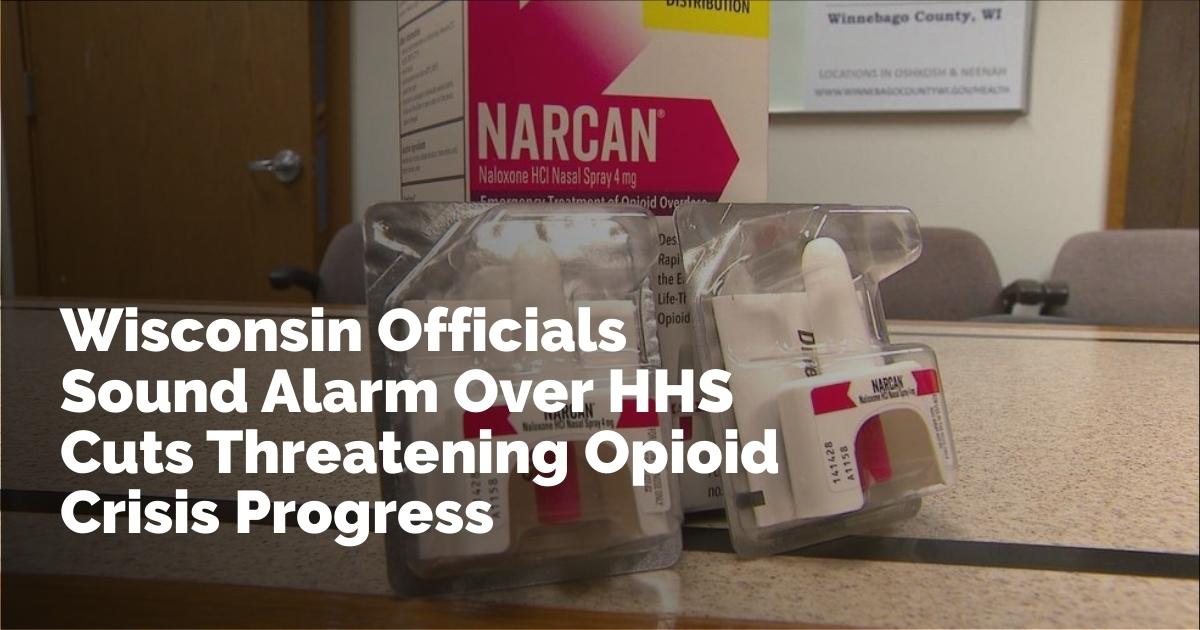Improving Medical Interpretation: A Vital Step for Patient Care in the U.S.
June 25, 2025
Introduction to Language Barriers in Healthcare
Growing Diversity and Language Challenges in US Cities
Current State of Medical Interpreter Services
Impact of Ineffective Interpreter Services on Emergency Care
Medical Errors and Increased Healthcare Costs Due to Language Barriers
Effects on Care Quality and Patient Satisfaction
Potential Solutions for Improving Medical Interpreter Services
Future Implications of Enhanced Language Services in Healthcare


